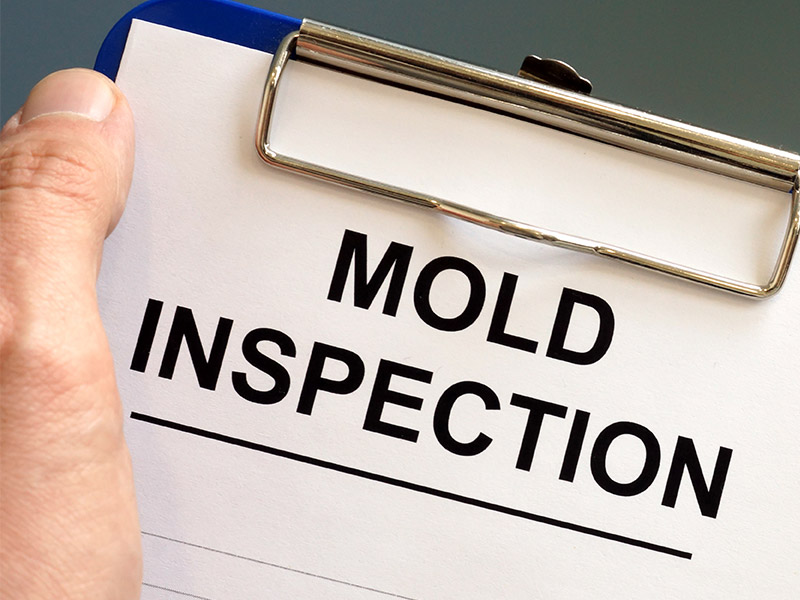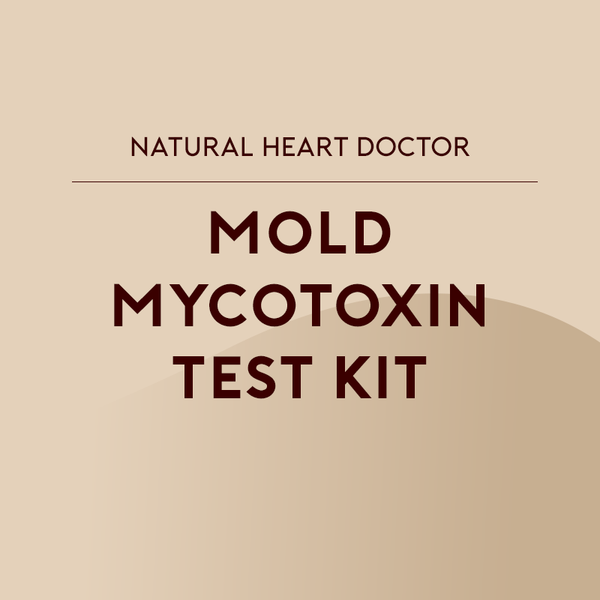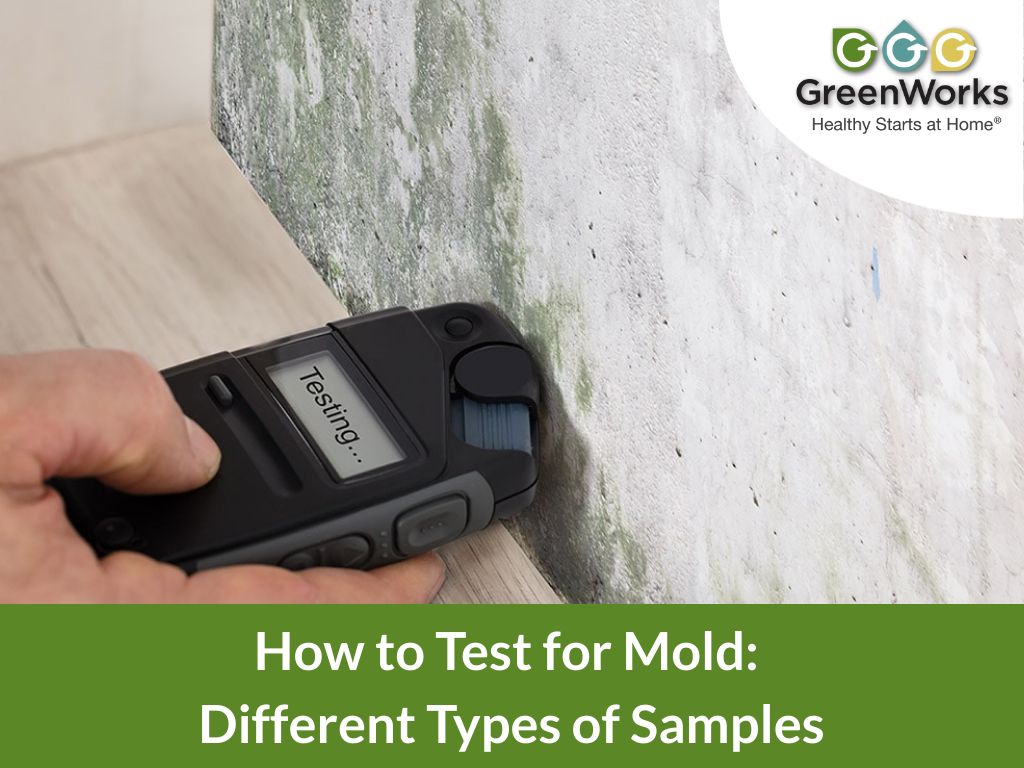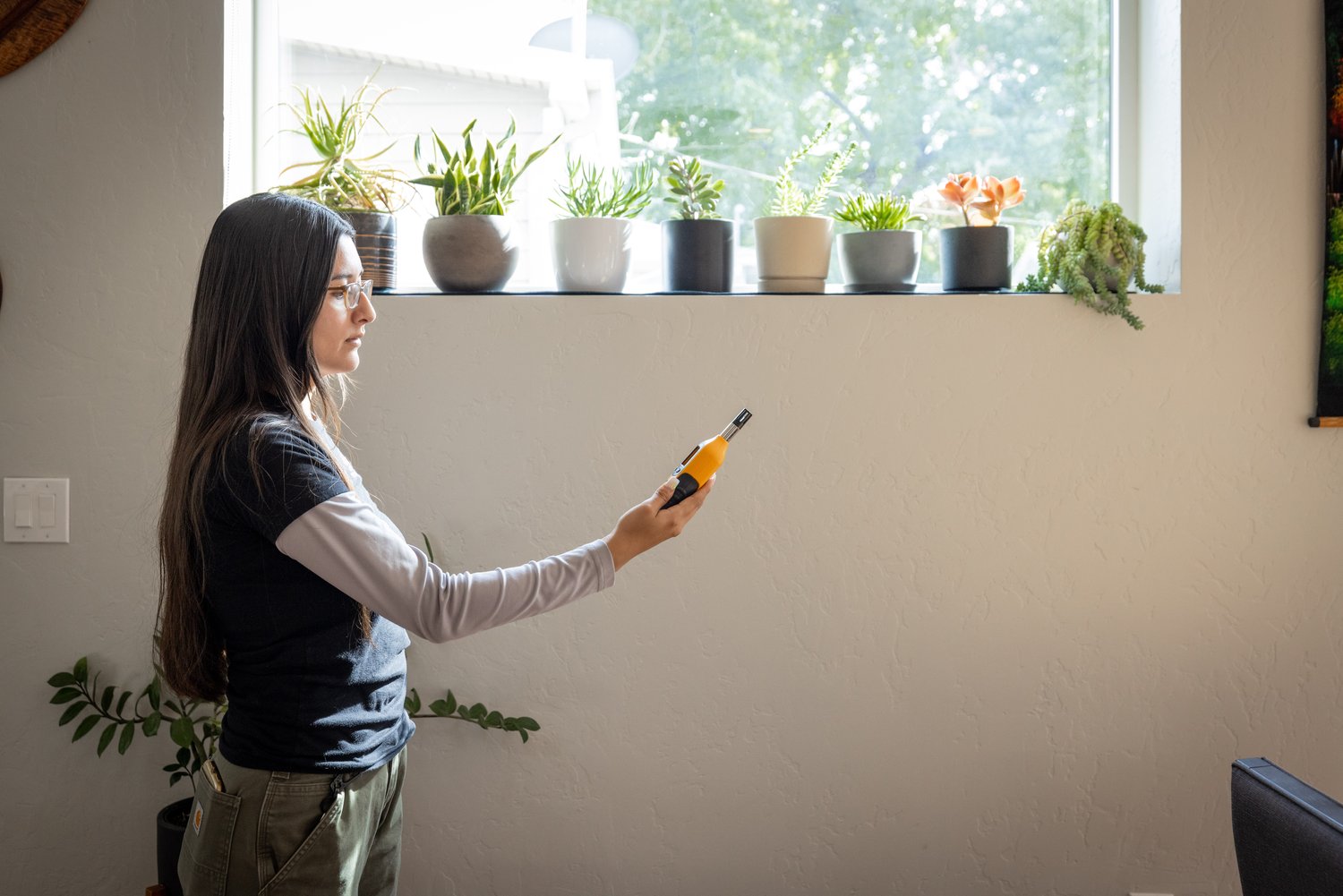The Role of Mycotoxin testing Services in Food and Feed Safety
The Role of Mycotoxin testing Services in Food and Feed Safety
Blog Article
Exactly How Mycotoxin Screening Helps Stop Contamination and Guard Food Supplies

Mycotoxin testing is an important method in the food industry, functioning as a frontline defense against contamination by damaging toxic substances generated by mold and mildews. Via the application of sophisticated techniques like High-Performance Fluid Chromatography (HPLC) and Fluid Chromatography-Mass Spectrometry (LC-MS), food producers can properly spot and measure mycotoxin degrees in farming products. This proactive method not only makes certain conformity with rigid security regulations however also mitigates health and wellness risks to customers. Normal testing strengthens brand track record and financial health and wellness by reducing contamination-related occurrences. How specifically do these testing methods incorporate right into the broader food security approach?
Recognizing Mycotoxins
Comprehending mycotoxins begins with acknowledging that they are hazardous additional metabolites created by specific mold and mildews, which can contaminate farming products. These metabolites are not vital for the growth or reproduction of the fungi but can have extreme effects for animal and human wellness. Mycotoxins are frequently discovered in staple crops such as corn, wheat, barley, and nuts, where they can proliferate under specific problems of wetness and temperature.
There are a number of sorts of mycotoxins, each produced by various fungal varieties. Aflatoxins, created by Aspergillus types, are among one of the most infamous, understood for their carcinogenic buildings. An additional considerable group includes ochratoxins, generated by Aspergillus and Penicillium varieties, which have nephrotoxic impacts. Fusarium species generate trichothecenes and fumonisins, both of which are connected with different acute and persistent wellness concerns.

Threats of Mycotoxin Contamination
The dangers of mycotoxin contamination are multifaceted, posturing considerable threats to both food security and public health. Mycotoxins, hazardous compounds created by certain kinds of fungi, can infect a broad array of agricultural items including grains, nuts, spices, dried out fruits, and coffee.
Economic influences are one more major worry. Contaminated plants can lead to significant monetary losses for farmers and food producers due to reduced returns and the requirement for pricey decontamination actions. In addition, worldwide trade can be dramatically prevented as countries implement rigorous mycotoxin policies to shield their populations, causing rejected deliveries and strained trade relations.
Environmental aspects such as climate modification intensify the threat of mycotoxin contamination. Variants in temperature and humidity can develop favorable problems for fungal growth, increasing the probability of contamination occasions. Thus, understanding and minimizing these risks are vital for making sure the safety and security and integrity of worldwide food supplies.
Techniques of Mycotoxin Examining
Accurately identifying mycotoxin contamination in farming items is essential for protecting public health and wellness and maintaining food safety standards. Various approaches are used to identify and evaluate mycotoxins, each offering certain benefits and restrictions.
High-Performance Liquid Chromatography (HPLC) is a widely made use of approach because of its high sensitivity and precision. It involves separating mycotoxins from various other compounds in a sample, making it possible for accurate quantification. In A Similar Way, Liquid Chromatography-Mass Spectrometry (LC-MS) incorporates fluid chromatography with mass spectrometry to give thorough molecular information, making it particularly useful for determining several mycotoxins simultaneously - Source Mycotoxin testing Services.

Gas Chromatography-Mass Spectrometry (GC-MS) and Thin-Layer Chromatography (TLC) are additionally used, each with one-of-a-kind applications. GC-MS works for unstable mycotoxins, while tender loving care provides an easier, economical option for preliminary screening.
Advantages of Normal Checking
Routine testing for mycotoxins in agricultural items uses many benefits, considerably contributing to public wellness and food security. By determining contamination early, regular screening assists avoid the distribution of poisonous foods, therefore minimizing the danger of mycotoxin-related illnesses amongst customers. This proactive approach not just safeguards human health and wellness but additionally boosts the general quality of food products.
Different countries and areas have actually established rigid restrictions for mycotoxin levels in food and feed. Adhering to these limitations via normal testing guarantees that manufacturers and suppliers fulfill legal standards, consequently staying clear of fines and trade barriers.
Furthermore, routine mycotoxin screening can bring about significant economic benefits. Early detection of contamination enables for prompt treatment, lowering potential losses from widespread contamination. Executing routine screening methods can additionally decrease recall prices and associated obligations, which can be economically ravaging.
Moreover, normal screening supplies useful information that can notify much better farming methods and storage problems. By recognizing patterns of contamination, manufacturers can embrace safety nets, thereby contributing and lowering future risks to the sustainability of the food supply chain.
Carrying Out Testing Protocols
Carrying out effective mycotoxin screening methods is critical for making sure the security and top quality of farming items. Establishing a robust testing structure entails several essential actions, beginning with the identification of potential contamination factors within the production and supply chain. This includes pre-harvest, post-harvest, storage space, and distribution phases. Each stage should be scrutinized to identify where mycotoxin contamination is most likely to occur.
Once critical control factors are identified, choosing appropriate screening methods is crucial. Typical strategies include enzyme-linked immunosorbent assay (ELISA), high-performance fluid chromatography (HPLC), and have a peek at these guys mass spectrometry (MS) Each method has its toughness and weaknesses; therefore, picking the appropriate one depends on the certain mycotoxin being tested, the needed level of sensitivity, and offered sources.

Last but not least, integrating the testing procedures into a thorough food security management system is suggested. This improves traceability and enables quick corrective activities when contamination is spotted, therefore securing the integrity of the food supply chain.
Verdict
Mycotoxin screening is crucial in avoiding contamination and securing food products by enabling early detection of dangerous contaminants produced by molds in agricultural products. Routine screening boosts brand name online reputation, financial security, and trust fund in food safety and security by minimizing contamination-related losses and maintaining high standards in food production.
Mycotoxin testing is a vital technique in the food sector, offering as a frontline protection versus contamination by unsafe toxins produced by molds. An integrated method including agricultural methods, storage space monitoring, and regular testing can mitigate the threats associated with mycotoxin contamination, making sure food safety and public health and wellness.
The threats of mycotoxin contamination are complex, presenting considerable risks to both food safety and security and public health.Routine screening for mycotoxins in farming items offers numerous advantages, dramatically adding to public health and food safety and security.Mycotoxin screening is vital in avoiding contamination and safeguarding food products by allowing early discovery of hazardous contaminants created by molds in farming products.
Report this page